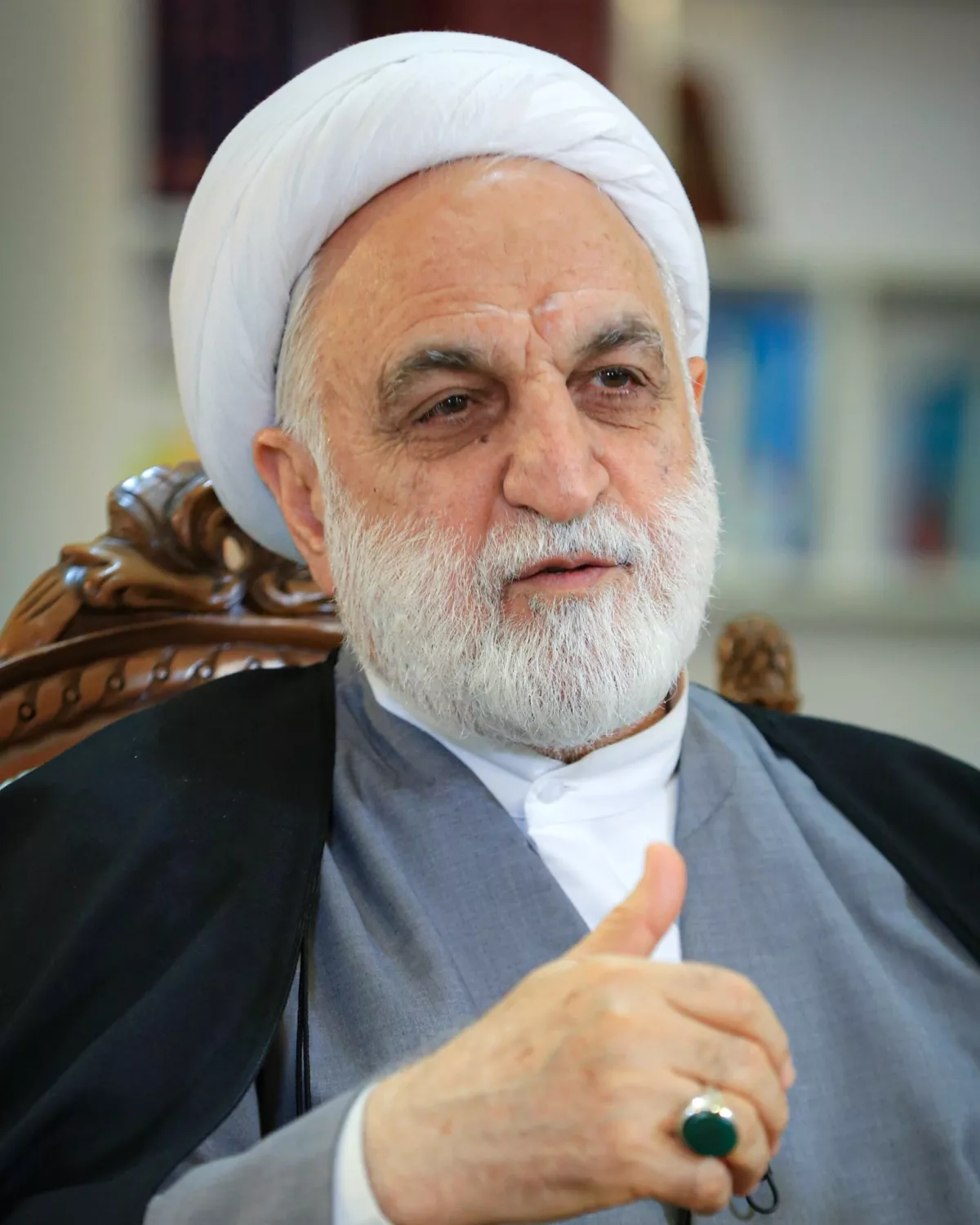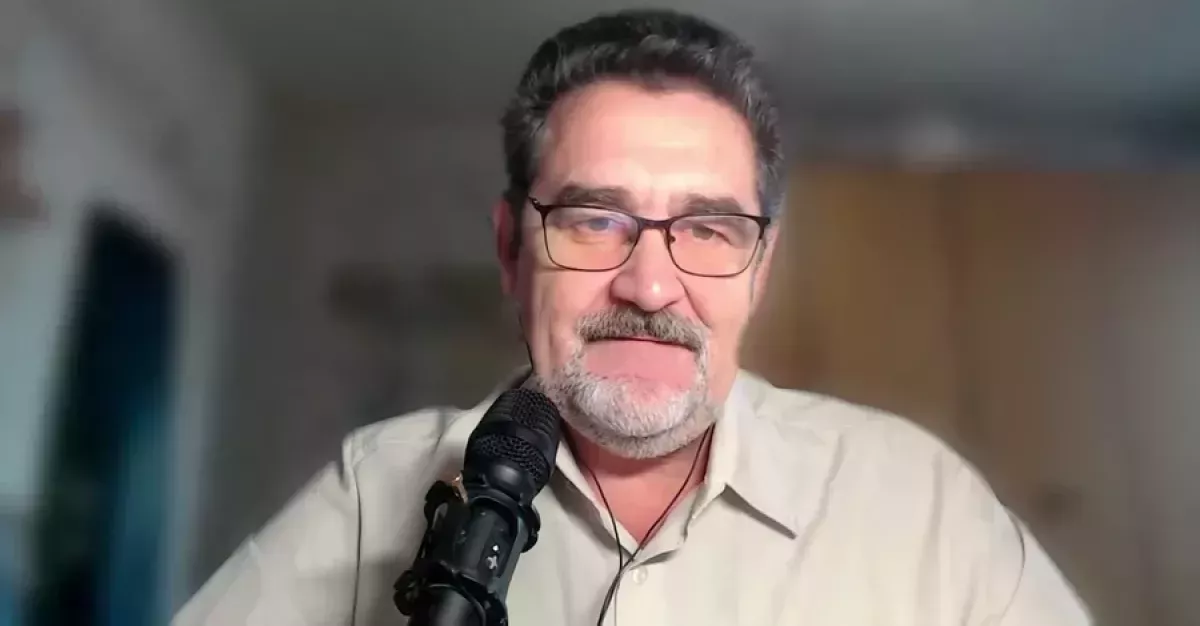Hijab as a marker of political struggle in Iran Experts weigh in on women’s dress and social change
Videos from the streets of Tehran and other Iranian cities, published on YouTube, show a noticeable increase in the number of women and girls appearing without head coverings. According to the Telegram channel “Iran, Iran, Iran…”, after the autumn protests three years ago following the death of 22-year-old Mahsa Amini—detained by the “morality police” for violating dress codes—many Iranian women stopped adhering to mandatory hijab rules. Today, an increasing number of women are choosing their own behaviour and style, deciding for themselves whether or not to cover their heads.
It seemed as though the authorities were ignoring this act of self-determination. However, on 15 November, a stern warning was issued.

Ayatollah Gholam-Hossein Mohseni-Ejei, head of the judiciary of the Islamic Republic of Iran, stated that he had ordered immediate tightening of measures to curb the “propaganda of improper hijab.” In his view, the time has come for “judicial officials and authorities to respond seriously to the promotion and spread of hijab noncompliance.”
The address was made at a meeting of the Supreme Judicial Council. Mohseni-Ejei demanded that law enforcement and security agencies take serious action to identify so-called “organised” movements promoting the practice of not wearing the hijab, and that legal measures be applied against those who violate the rules.
According to the ayatollah, one manifestation of the “enemy’s” efforts against the Islamic Republic is “nudity and the absence of the chador.”
The Iranian authorities have been attempting to counter this so-called “hostile” trend since the spring of last year, when the Islamic Consultative Assembly (the unicameral parliament of the Islamic Republic of Iran) approved a new, stricter version of the “Chastity and Hijab Law”. However, the Supreme National Security Council of Iran did not recommend its implementation, fearing a new wave of protests.
What could be the consequences of such a statement from a high-ranking judicial figure? If the rules are tightened following this warning, could it spark a new wave of protests across Iran?
Caliber.Az asked leading regional experts to weigh in on these questions.

Associate Professor of the Department of Modern East and Africa at RGGU and Senior Research Fellow at the Institute of Oriental Studies of the Russian Academy of Sciences, Lana Ravandi-Fadai, believes that a “crackdown” is unlikely to happen in the near future, at least while the reformist Masoud Pezeshkian remains in the presidential seat.
"Ayatollah Mohseni-Ejei’s statements reflect his personal opinion, and even with his supporters, he is unlikely to halt the powerful wave of liberalisation in women’s dress, especially in major cities. This may only involve identifying and punishing organisations that actively promote the rejection of the hijab. But the girls and women themselves, it seems to me, will largely be left alone. However, it should be noted that strict dress codes still prevail in many conservative districts, and the videos and photos of women freely walking without headscarves are mostly from Tehran and the elite districts of other major cities. In other words, this is not a nationwide trend but a clearly localised one. Nevertheless, the trend toward liberalisation is evident and will gradually continue, regardless of what conservative ayatollahs say," the expert emphasises.
She reminded that President Pezeshkian has stated firmly that beating girls is a hundred times worse than a girl failing to observe the hijab rules properly.
"However, full liberalisation of dress, as in the West, is of course impossible: miniskirts are considered indecent and remain unacceptable. Even reformists would not dare push dress codes to such extremes. Not only the police but also devoutly religious Iranians themselves would stop and shame girls who leave home in a miniskirt or, for example, with bare shoulders. The issue is only the freedom not to wear a headscarf—and, as I mentioned, only in clearly defined urban districts that are wealthier and more liberal-minded. There is no question of completely abolishing the dress code: after all, Khomeini decreed that all citizens, even atheists, must observe Islamic clothing norms so as not to distract or disturb devout Muslims. And no one in the Islamic Republic can contradict Ayatollah Khomeini, even posthumously. The question is only how to interpret this decree. More liberal Iranians believe that it does not apply to the headscarf, and under Pezeshkian’s guidance, they are gradually securing concessions in this regard," Ravandi-Fadai noted.

Ihor Semyvolos, Executive Director of the Center for Middle Eastern Studies (Kyiv), emphasised that the situation surrounding mandatory hijab wearing is highly contentious and reflects an internal divide within the Iranian elite.
"After the killing of Mahsa Amini in 2022 and several months of protests, women’s refusal to wear the hijab gradually became a form of de facto civil resistance and, effectively, a new social norm in Iran’s major cities.
Ayatollah Mohseni-Ejei’s statement should be viewed in the context of the internal struggle for power and ideology in Iran. As head of the judiciary, Mohseni-Ejei represents the ultra-hardline and conservative wing of the regime. His call reflects the fact that secular changes in society have become too visible, while references to 'organised movements' and the 'enemy' are standard rhetoric aimed at criminalising and politicising social protest. It seems easier for conservatives to blame external enemies than to acknowledge internal erosion of legitimacy," the researcher noted.
Meanwhile, he says, this is an attempt to torpedo—or at least slow down—another trend: statements made in October by several moderate Iranian politicians, including Mohammad-Reza Bahonar, a member of the Expediency Discernment Council, that enforcement of the hijab law is not mandatory.
"Thus, Mohseni-Ejei’s statement is likely a reactionary attempt by the conservative bloc to counter the de facto liberalisation, which has already become politically tolerated, or at least is no longer strictly enforced in practice.
Since mass arrests of women on the streets are too risky, the regime has adopted a new, less visible but effective tactic. In particular, authorities are closing cafés, restaurants, and other establishments for serving women without hijabs or otherwise violating the 'rules.' More than 50 such cases were documented between July and October 2025.
However, this does not indicate an immediate, widespread return of the 'morality patrols' to the streets. The regime is using a hybrid strategy: tolerance of uncovered heads in Tehran and other major cities to ease social tension; pressure on businesses; increased cyber and electronic surveillance; and symbolic, harsh persecution of activists to suppress organised movements.
In this way, the regime is trying to find the 'golden mean' between ideology and maintaining power," Semyvolos concluded.








